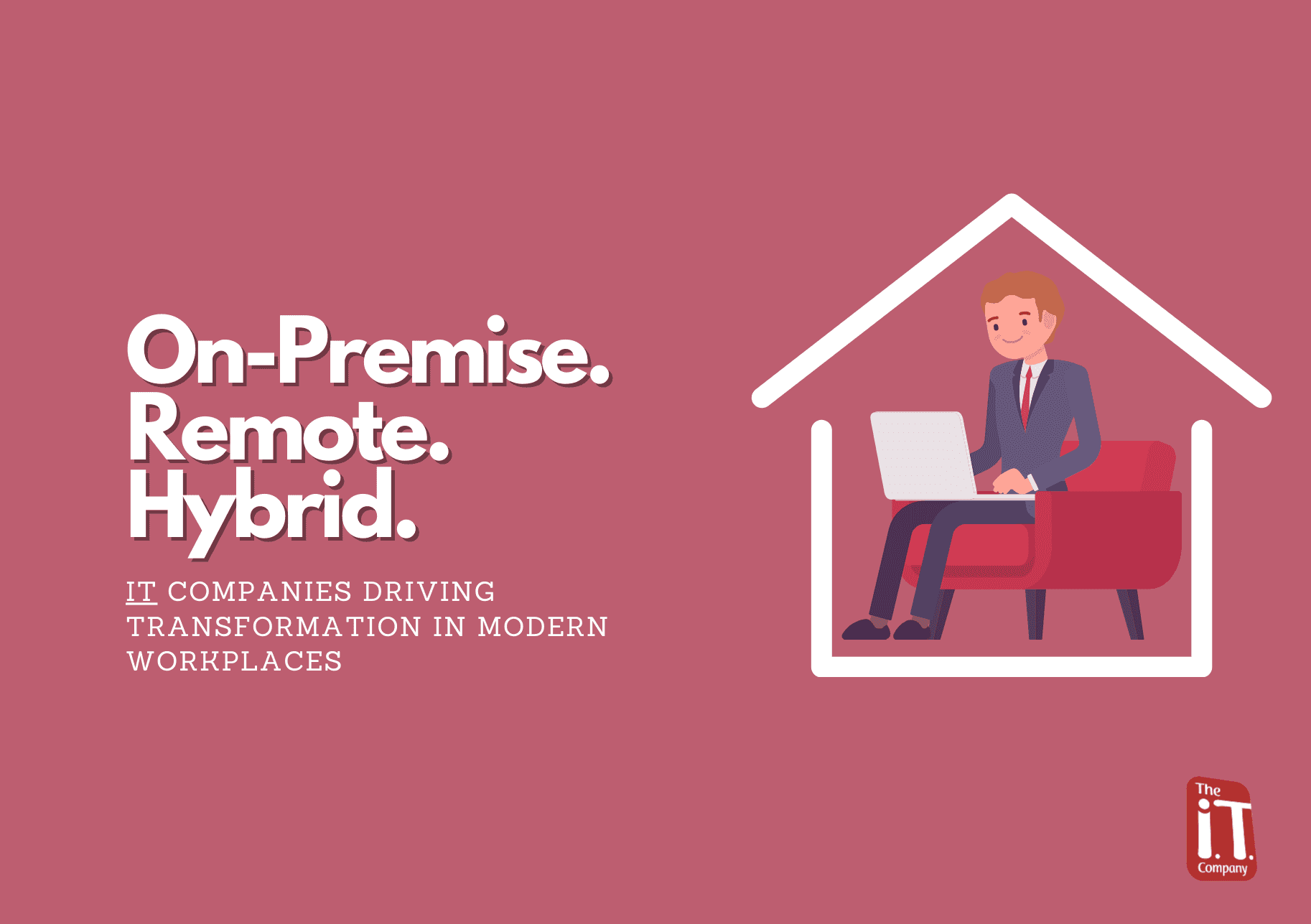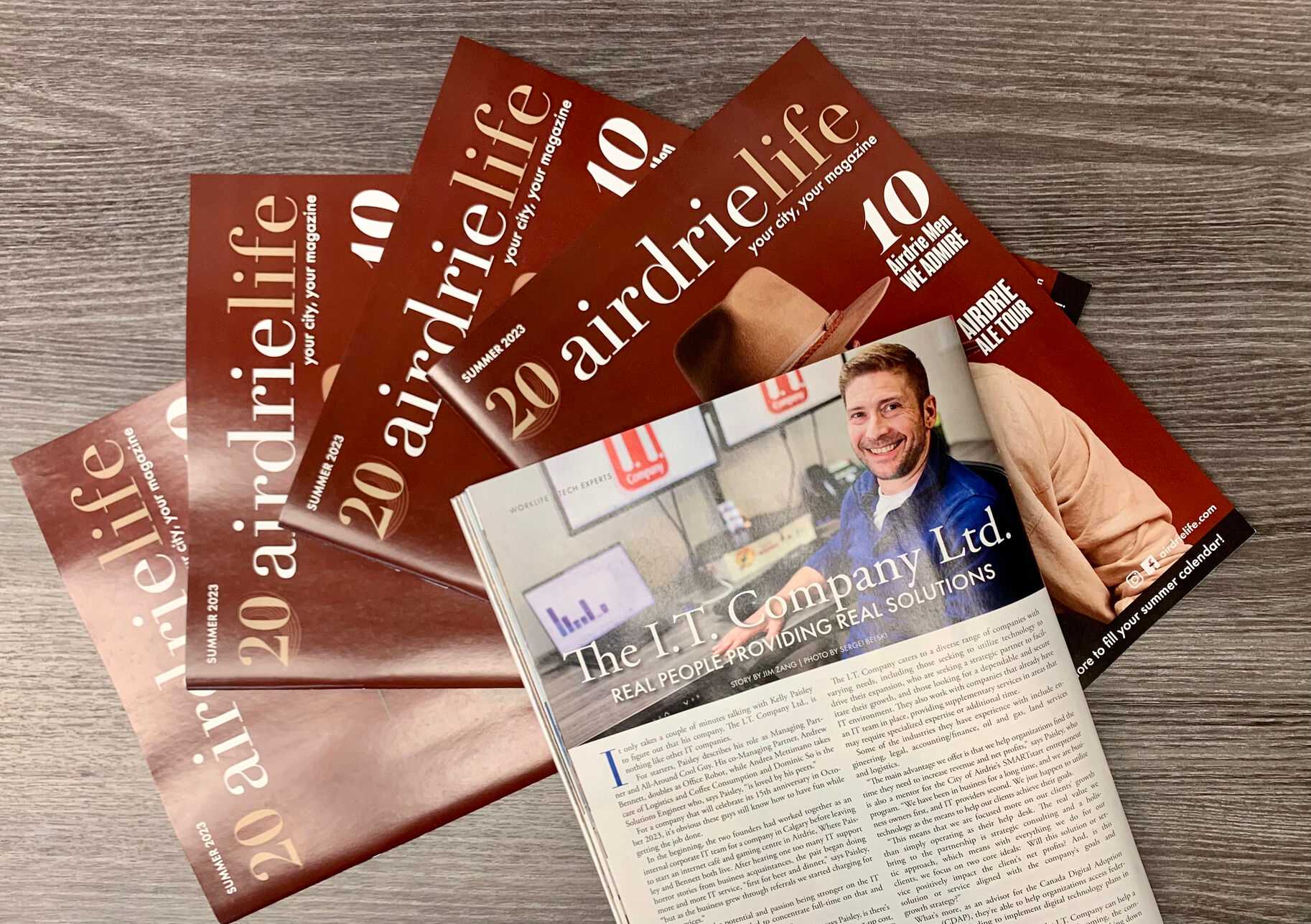When Disaster Strikes: Why Every CEO Needs a Foolproof Backup and Recovery Plan
As a CEO, you know the value of preparation and foresight. But what happens when unexpected disasters strike—cyberattacks, hardware failures, or natural calamities—and threaten your business’s most valuable asset: its data? A robust backup and recovery plan isn't just IT jargon; it's your lifeline to maintaining operations, protecting your reputation, and staying ahead in a competitive market.











